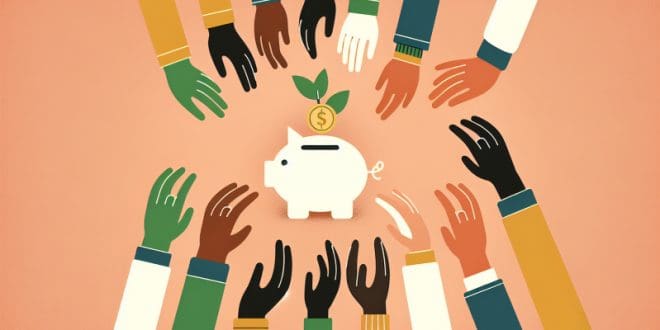In the realm of grant funding, the pursuit of equity and inclusion has taken center stage as a crucial conversation—a conversation that digs deep into the heart of how we support and uplift the varied and vibrant tapestry that makes up our society. Today, more than ever, it is essential to scrutinize the current landscape of grant funding and address the entrenched systemic barriers that have long prevented underrepresented groups, including minority-led nonprofits and community organizations, from accessing the financial resources essential to their missions.
A closer look at the grant funding community reveals an unsettling disparity. Despite progressive strides in many sectors, the earmarking of grants has not been an exception to the rule of systemic inequities. Minority-led organizations often find themselves at a disadvantage due to a confluence of factors: lack of networking opportunities, limited resources for proposal writing, and bias—conscious or unconscious—in the decision-making processes of grant-making entities.
The importance of fostering diversity within the grant-making process cannot be overstated. Diverse perspectives lead to a broader understanding of community needs and innovative solutions to complex problems. They encourage the exploration of new approaches and drive funding towards initiatives that may otherwise be overlooked. When funding decisions are made with a lens of inclusion, it amplifies voices that are critical in the conversation on social justice.
The impact of equitable funding on social justice initiatives is profound. By leveling the playing field, grantmakers can play a pivotal role in dismantling systemic barriers to progress. They can support initiatives that promote civil rights, environmental justice, educational equity, and more—thus playing an active part in shaping a world that upholds the dignity and rights of all individuals.
So, how can grantmakers and grant seekers unite to cultivate a grant ecosystem that embodies the values of inclusion and equity? Open dialogues and transparency are the foundational steps. Grantmakers can reassess their criteria and decision-making processes to ensure they are not inadvertently upholding barriers. Providing support in the form of grant writing workshops can also equip underrepresented organizations with the skills needed to compete on an equal footing.
On the other hand, grant seekers from marginalized groups can engage in coalition building and partnerships that bolster their capacity and visibility. They can also advocate for greater accountability and inclusiveness from funding organizations, pushing for representation and voice in the spaces where decisions are made.
There are already inspiring initiatives paving the way. Programs that offer mentorship and capacity-building support specifically for minority-led nonprofits, funds that allocate resources expressly for social justice projects, and grantmakers who are diversifying their boards and staff are all examples of positive momentum towards equity.
Ultimately, equity and inclusion in grant funding are not merely about providing resources; they are about acknowledging and rectifying historical and systemic imbalances. It’s about constructing a framework where everyone has the opportunity to contribute to societal growth and to benefit from its rewards. As a community deeply invested in the advancement of all, we must relentlessly pursue these ideals within our grant-making practices and strategies. Our collective efforts can and will redefine the landscape of support for the betterment of our communities and society at large.
 Grants Club Community
Grants Club Community







